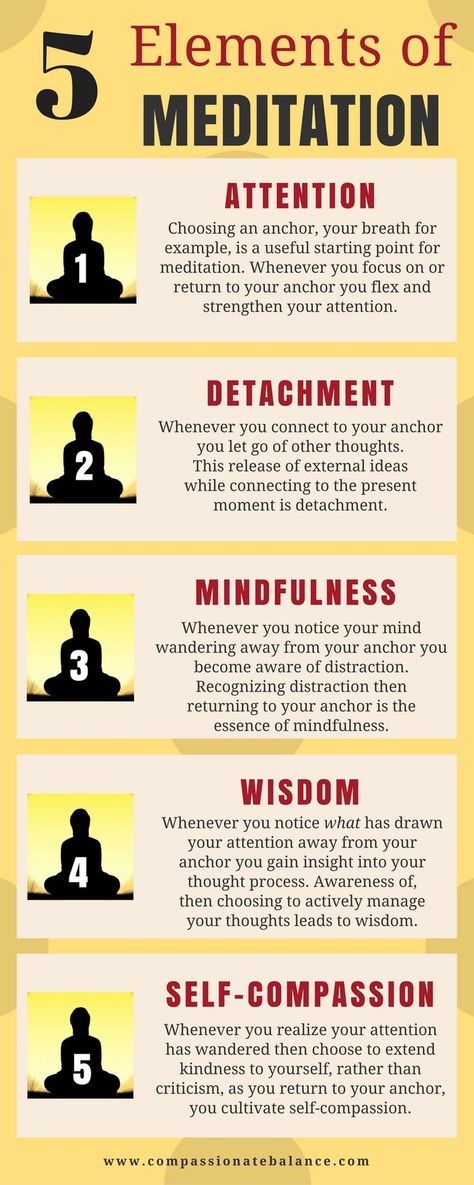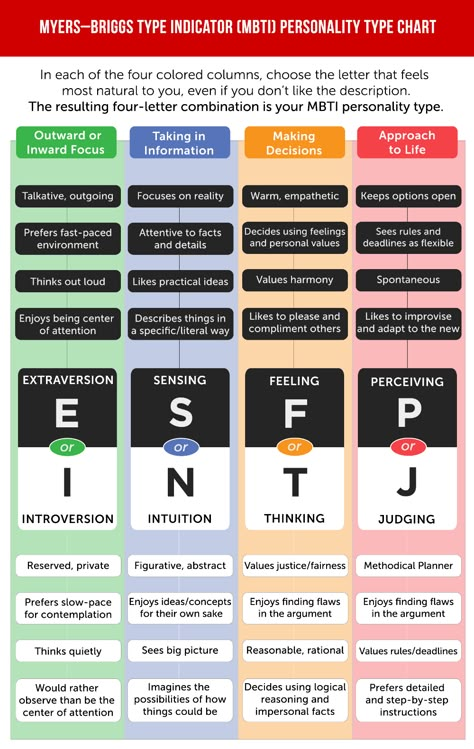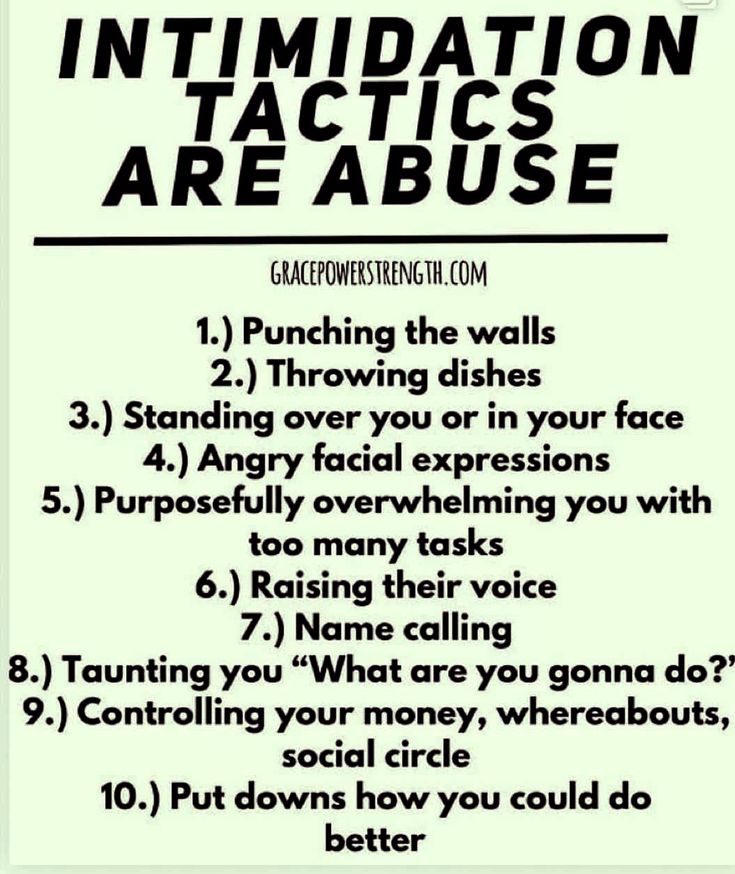Present moment meditation script
Sit in Appreciation of the Present Moment Meditation for Women
The intention of today’s guided meditation is to give you the space to sit in appreciation of the present moment.
Sit in Appreciation of the Present Moment MeditationThe intention of today’s guided meditation is to give you the space to sit in appreciation of the present moment.
To help you take a break from the constant striving, achieving and future thinking that can cause both excitement and stress.
And also to help you practice letting go of any thinking about the past that can cause anxiety, judgement or even nostalgia.
Both of these can pull you away from the beauty and appreciation of the present moment.
From all the small and big blessings you have in your life right now.
And honoring them will help you feel more connected to yourself, this season of your life and also give you a deep confidence that you can create whatever future you want.
So Let’s Begin…
Photographer: Artem Kovalev | Source: UnsplashSit in Appreciation of the Present Moment Meditation ScriptBegin by getting into a comfortable position, either sitting or lying down.
Close your eyes and make any adjustments you need so you can feel comfortable, alert and relaxed.
Bring your attention to your breath,
And in order to practice keeping your attention here, simply silently count each breath as you breath in your normal rhythm, until you get to ten.
PAUSE…
Feel the warmth spread across your body as you melt further into relaxation.
Now I want you to focus on your body,
Taking a brief scan from head to toe, identifying parts, movements or physical abilities that you can appreciate.
Maybe saying a silent thank you every time something comes to mind.
Take the next minute or so to appreciate your body. Be in the present moment.
PAUSE…
Photographer: Hian Oliveira | Source: UnsplashNow bring your attention back to your breath as your body hums with love and appreciation. Back into the present moment.
Imagine a circle being drawn a mile around where you’re currently sitting.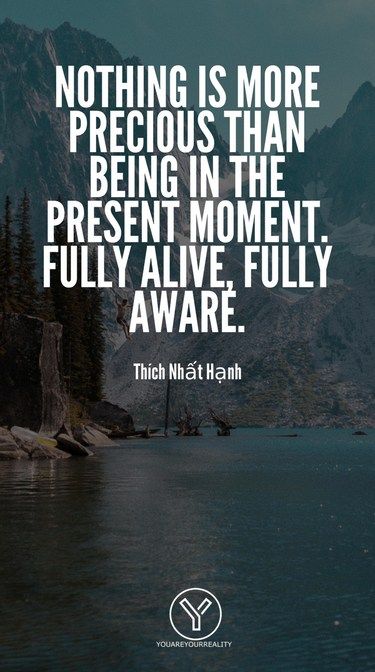
Turn your attention onto everything within that circle.
Perhaps it includes your living space, trees, animals, loved ones, neighbors or even meaningful locations.
For the next minute or so, let your mind scan everything within this circle and say thank you for each of the things you identify.
PAUSE…
Now bring your attention back to your breath, and feel the warmth of love and appreciation for your surroundings.
And take a deep breath.
Now imagine yourself in relation to the entire planet.
See yourself in your corner of the world, so small compared to everything and everyone on earth.
And also recognize how significant you are as a part of this beautiful human race.
And be in the present moment here.
Take a minute or so to think about all the reasons to appreciate the world around you and say a silent thank you as you identify each of them.
Perhaps your appreciation is for breathtaking places you’ve seen in the world.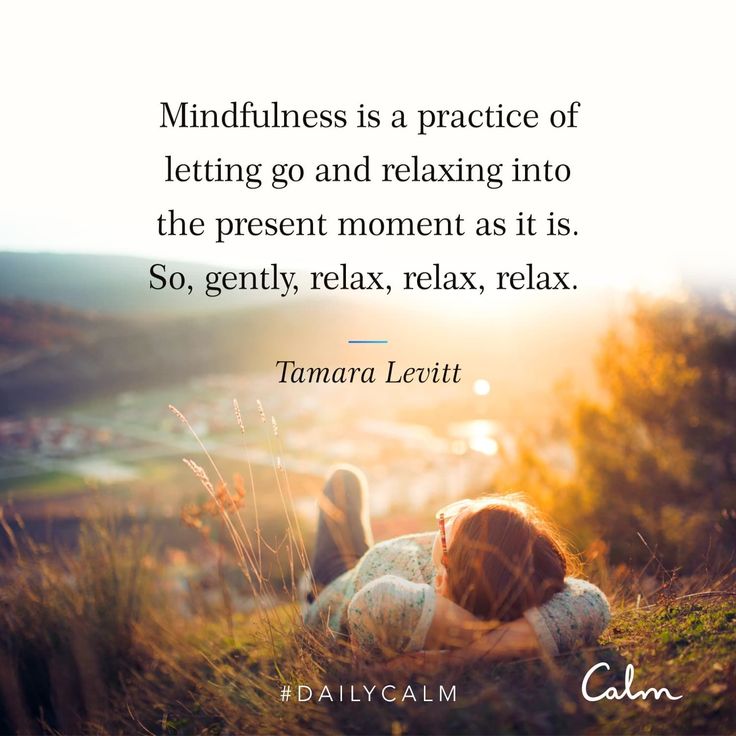
Or people you love who are scattered in different countries.
Or even a deep appreciation for the moment in time you are living.
Whatever you discover, take a minute to show appreciation for it all.
PAUSE…
Photographer: Dustin Dagamac | Source: UnsplashNow bring your attention back to your breath, and breathe in the warmth of the love and appreciation inside and outside of you.
There is so much greatness in your life right now. No matter what you’re going through. No matter how you may feel today. You are surrounded by infinite blessings.
Let’s conclude by bringing your attention inward, to the unidentifiable place that is your soul. Where your inner self feels most at home.
You are connected to it all, you are a part of it all…the body, the local, the global, the universal…the deeply spiritual.
And as you sit in appreciation of the present moment, of the magical truth that you are incredibly blessed, feel a deep sense of one-ness and completeness with yourself and your life.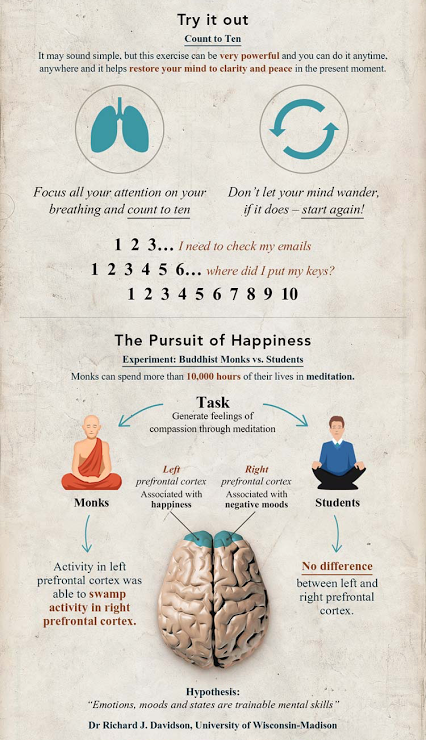
Namaste, Beautiful
Become A PREMIUM
Member For An Easy
Ad-Free Experience.
Access daily episodes from every
single one of our podcasts,
completely ad-free!
Loved This Episode?
Please consider leaving us a review with Apple or Spotify! It’ll help
folks having a better sleep and hopefully we can change more lives!
Rate And Review
Meditation For Being Present in the Moment [Script]
Below, you will find my present-moment meditation script. I love this one. When you do it, you will naturally start to focus on the present moment.
Being present in the moment means living in the now, being conscious of the moment, and being mindful.
This is important for both health and happiness. Indeed, research from Emily K. Lindsa et. al. [University of Pittsburgh] shows that focusing on the present moment helps us let go, and reduces stress, anxiety, and negative emotions.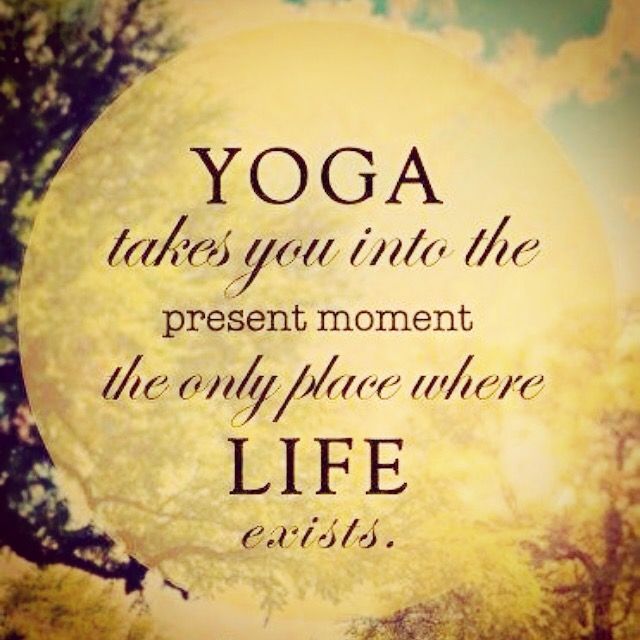 Plus, it increases happiness and productivity. [1]
Plus, it increases happiness and productivity. [1]
As well as the present moment meditation script below, I recommend you try my 40 Mindfulness Exercises.
Get my newsletter + free meditation ebook!
Note: If you are new to mindfulness, you’ll probably want to read my beginners guide to mindfulness meditation.
1: [1 minute] Set the intention to be present moment minded
Tell yourself that you are going to commit to living in the present moment. Say to yourself, “I will live the moments of my life. I will be present and mindful.”
By setting the intention to be mindful, you are focusing your mind on one goal: To live in the moment with mindfulness.
Setting your intention channels your energy into one purpose: To live in the moment.
John Yates, Ph.D. [founder of Dharma Treasure Buddhist Sangha in Tucson] says you should set your intention and remind yourself why you are meditating because this helps you to focus on what you want to achieve.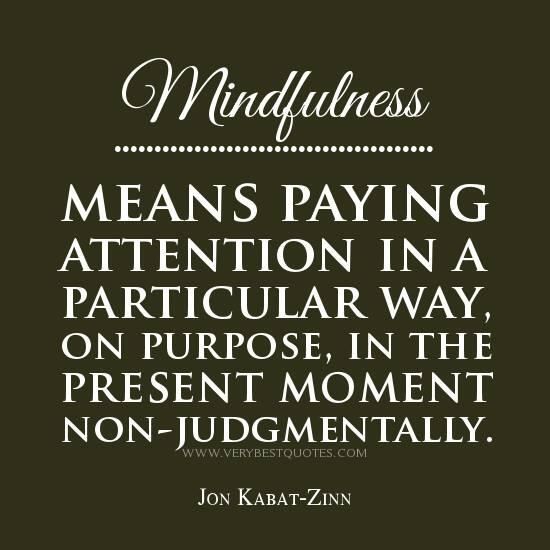
2: [1 minute] Choose a physical object on which to meditate. Place the object directly in front of you, three feet away. Begin to focus your mind absolutely on that one thing.
Choose one thing to focus on. You can choose any meditation object you like. But choose something calm and relaxing. I enjoy meditating on crystals, candles, and statues.
Place the object three feet away and directly in front of your eyes. Sit with good posture and look straight ahead. If you placed your object correctly, you will be looking directly at it.
Note that your choice of object might change the way you feel during the meditation. If, for instance, you focus on something neutral (like a pebble or a spot on the wall) your mind will become clear and very calm. If you choose something positive, like a pleasant sound, you will become happy. So, choose an object and begin to meditate on it.
3: [10 minutes] Aim to make your mind one with the object.
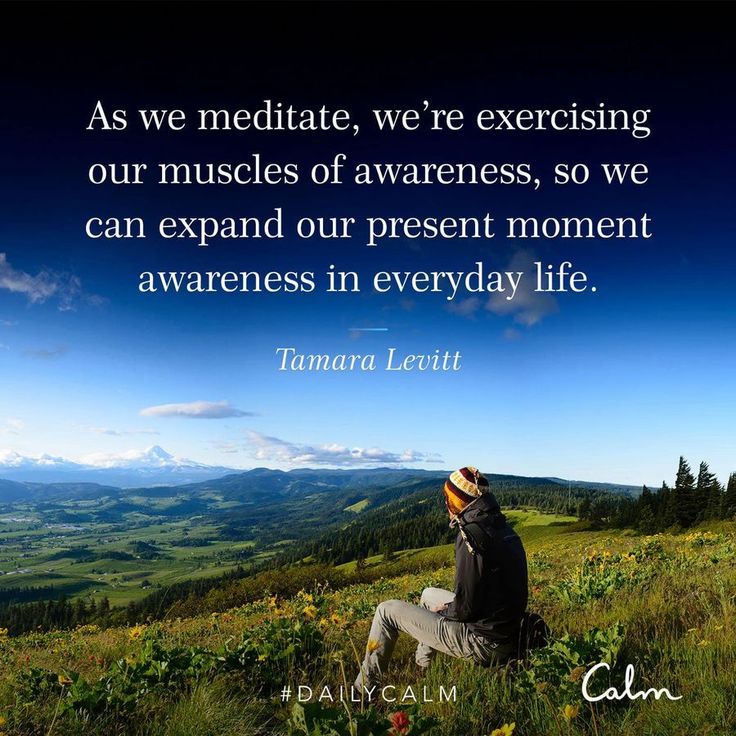 And silence your thoughts and feelings.
And silence your thoughts and feelings. Keep looking straight ahead at the object. Do not move your head or your eyes. Try to focus on one specific part of the object, so that you do not move your eyes at all.
You will notice at times that you feel the inclination to move. Don’t. Stay still. Keep focusing. Look straight at the object.
If thoughts enter your mind, let them come and go without fighting or resisting them.
If your thoughts distract you, label them (by saying, “This is just a thought”). This will make you less reactive to thoughts.
What we are doing is a combination of the traditional meditation techniques Samatha (Buddhist concentration meditation) and Trataka (Yoga “Stillness Gazing” Meditation).
Samatha trains the mind to focus on the present moment. Trataka is about holding our gaze straight.
Research by Taruna Mallick and Ravi Kulkarni shows that when we hold the eyes still, the mind becomes still. This is because there is a direct link between neural activity and eye movement.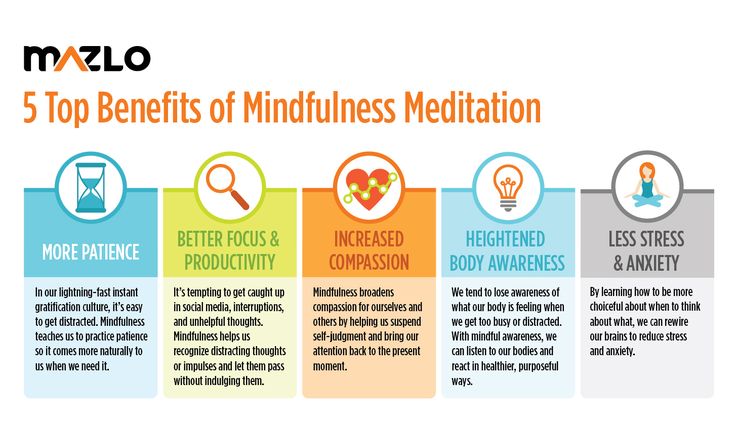 Stop the eye movement, and you stop the neural activity. [2][3]
Stop the eye movement, and you stop the neural activity. [2][3]
This is the most essential part of our being present meditation script. While we are focusing on our meditation object, we are training ourselves to concentrate on the present moment. If this is difficult you might like to use this acceptance meditation script too.
4: [Rest of the day] You are now present and mindful. The trick is to stay mindful for the rest of the day.
You re now being mindful. And you probably want to continue to be mindful throughout the day. To do this, take a break every two hours. In the break, meditate on your breath for just five minutes. Set your intention (the next thing you must do) and do it mindfully.
As well as setting your intention, you will want to refocus your mind. During your breaks, do what Henepola Gunaratana recommends in the book The Four Foundations of Mindfulness in Plain English. That is:
- Observe how you are feeling
- Label what is occurring in your mind in the present moment
- Observe what are you experiencing via your senses
- Be mindful of what you are actively doing.

When you tune into these four aspects of the present moment, you will be more mindful. This will help you to live in the moment more often.
So, continue to be mindful after you finish this meditation session. Speaking of which… we are done!
Final thoughts
Nice job! You’ve finished our being present meditation script. Of course, there are many more free guided meditation scripts to try.
Through this meditation session, you have learned to be present in the moment with mindfulness meditation.
The trick to living in the moment is to maintain mindfulness. Indeed, the very word Mindfulness means “To remember”. We must remember to live in the moment.
Thankfully, we can use the Four Foundations of Mindfulness to do that. By labeling our thoughts, feelings, and sensations we are experiencing, we can continue to live in the moment.
For help with this, and to go further in your meditation practice, book a private online meditation lesson with me today.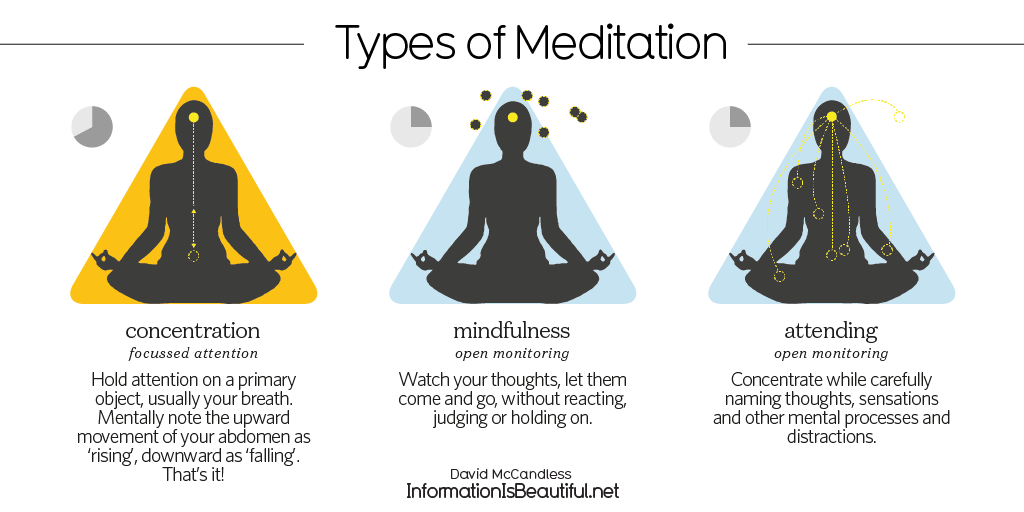
References
1: How mindfulness training promotes positive emotions: Dismantling acceptance skills training in two randomized controlled trials, Emily K. Lindsay,a Brian Chin,b Carol M. Greco,a Shinzen Young,*,c Kirk W. Brown,d Aidan G.C. Wright,a Joshua M. Smyth,e Deanna Burkett,a and J. David Creswellb, Human Subjects Research 2: Effects of samatha meditation on active academic engagement and math performance of students with attention deficit/hyperactivity disorder, NN Singh, GE Lancioni, BT Karazsia, JC Felver… – Mindfulness, 2016 – Springer 3: The Journal of Alternative and Complementary MedicineVol. 16, No. 12, The Effect of Trataka, a Yogic Visual Concentration Practice, on Critical Flicker Fusion, Taruna Mallick and Ravi Kulkarni 4: Buddhist foundations of mindfulness, E Shonin, W Van Gordon, NN Singh, 2015
Paul Harrison
Paul Harrison is a passionate meditation teacher who believes in genuine, authentic meditation. He has more than 15 years experience in meditation and mindfulness.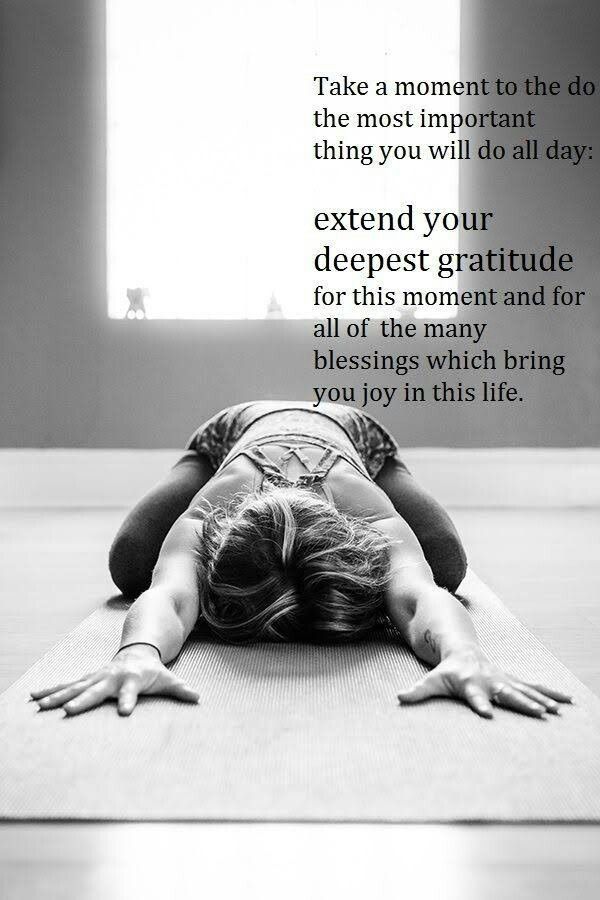 He studied meditation in beautiful Oxford, UK, and Hamilton Ontario Canada, and earned his degree at Staffordshire University.
He studied meditation in beautiful Oxford, UK, and Hamilton Ontario Canada, and earned his degree at Staffordshire University.
“My goal is to provide the most authentic meditation sessions so you can harness the power of your own mind for personal transformation” – Paul Harrison
Meditation by Joe Dispenza the power of the subconscious mind to change beliefs
Joe Dispenza is a neurophysiology researcher and psychology educator who is convinced that each person has their own potential and possibilities that are limited only by the person's own consciousness.
Joe Dispenza helps people transform the way they think, get rid of stereotypes that overwhelm their consciousness, and, of course, based on this, the physiological state of the body also changes.
The book "The Power of the Subconscious", in which the author reveals the unlimited possibilities of each individual, became a real bomb in its time. In it, the researcher removes the stereotypical opinion about the work of the brain and outlines effective meditative practices for reprogramming his own subconscious.
In this article:
Understand your brain It's time to become pure consciousnessMeditation practice
Understand your brain
Photo Raphael Nast on Unsplash
Here is the first piece of advice from Joe Dispenza. And, of course, to deal with the scheme of intertwined hundreds of habits. For example, morning thoughts about problems are a direct guide to action for our brain - to provide ourselves with a stressful state.
Joe Dispenza, just like other teachers, claims that a person independently programs himself for failure, or for a life that he does not like. It all starts with what thoughts a person thinks. For he acts in accordance with these thoughts, and most importantly, he feels himself that way.
In his first book, The Supernatural Mind, Joe Dispenza tells the story of a woman named Anna who developed several pathological conditions as a result of trauma. Emotions of stress nourished her, thereby creating pathology.
Emotions of stress nourished her, thereby creating pathology.
Gives Joe this story as an example to let the reader know that everyone has the power to change. Yes, Anna did a lot of work. A lot of time was dedicated to her recovery. She practiced meditation to change her personality, to "rewrite" her own story about herself, in herself.
Anna made daily efforts to overcome herself until she became different. Only persistent and constant practice brings results. A modern person wants everything at once, preferably without much effort, but this does not happen.
If you really want to change something, be ready for diligent practice, do not think that after one meditation you will already achieve what you want, no. But you will get closer, you will start the path, but you need to diligently follow it, and not just stand.
Joe Dispenza in his book talks about the possibilities that are outside of this space-time system after the activation of the pineal gland.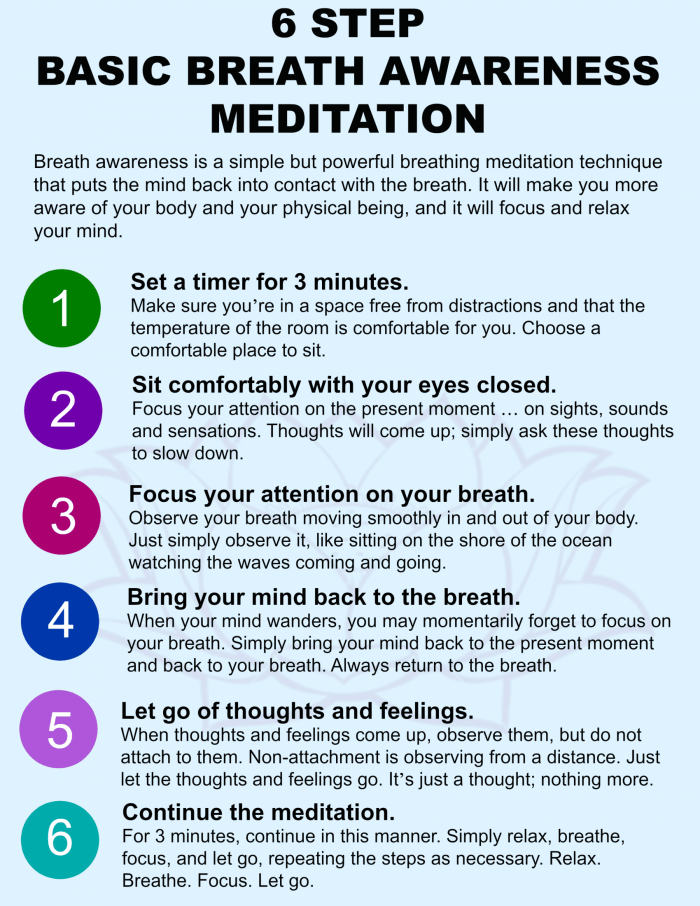 And also, once again and in other words, explains the importance of living in the “now”.
And also, once again and in other words, explains the importance of living in the “now”.
Everything exists in the eternal present moment, the main thing is to go beyond your own “thinking”. Many live from day to day the same life scenario, romanticizing the past, repeating the usual routine, and thus living either in thoughts of a bright future, or in memories of the past, and do not live at all in reality.
Yes, it will take time and effort to teach yourself not to run away from the present moment, but the result is worth it. It also takes a lot of willpower to overcome your automatic response.
Joe Dispenza in the book "Supernatural Mind" talks about the invisible energy, which is beyond the limits of our usual reality. And you can know it when a person gets into the present moment. When a person goes beyond his own conviction that he knows something, goes beyond the limits of his own feelings. It removes attention from the body, things, places, from the people of his life, from the very time when you can forget about your identity, or rather stop identifying yourself with everything you know.
It is at this moment that you will enter the World. It is impossible to enter there with your name, grievances, emotions, work, problems, habits. You cannot enter there as someone. You must enter there like no one else.
Joe Dispenza's meditation
It's time to become pure consciousness
This is the name of one of Joe Dispenza's meditation techniques. The first thing you have to do is to realize what kind of experience you want to have right now. This experience already exists as a particle of matter in the quantum field. Tune in to it. Imagine this experience as a word, take a piece of paper and write on it the first letter of this word. Writing confirms your intent.
Then draw two semi-circular lines around the letter, which will symbolize the magnetic field. Let the letter become a symbol for you, think about it. Now write explanations next to it to make the desire clearer.
For example, if you want a new job, write next:
- earn (specify the amount) per month more than now;
- buy handbags from Dior;
- travel more, etc.
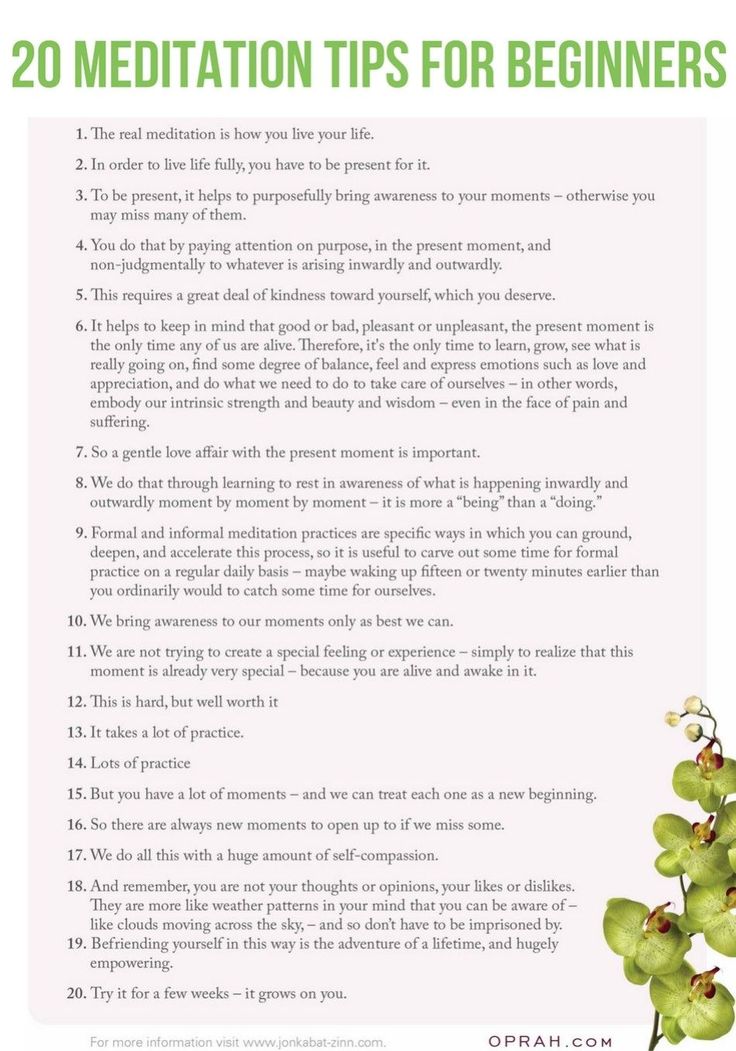
And then write down the feelings and emotions that you will experience after achieving your goal:
- self-confidence;
- freedom;
- independence;
- lightness, etc.
You must teach the body to feel these emotions even before reaching the goal, thus reprogramming yourself for a new line of life. You are now ready to begin meditation.
Meditation practice
Sit on the floor with a straight back. You can sit in Turkish or in the lotus position, or you can kneel on the floor, sitting on your own heels. Close eyes. Inhale. Exhalation. Relax your face and then your whole body. Slow breath in through the nose, hold the breath and then a calm, lengthened exhalation.
Pass your attention over the body and relax it even more. And again a slow deep breath and with the exhalation you relax even more. Now be aware of the infinite black space behind your eyes. In space.
Become aware of the depth of blackness far beyond you, in the endless empty space.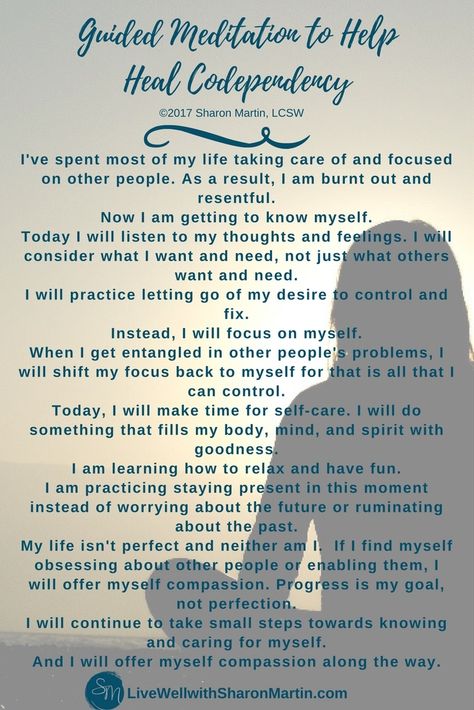 How far can your awareness go into the blackness of eternity. And now it's time to become nobody, nothing, nowhere and timeless. Become pure consciousness, open up like awareness to this endless, black space.
How far can your awareness go into the blackness of eternity. And now it's time to become nobody, nothing, nowhere and timeless. Become pure consciousness, open up like awareness to this endless, black space.
An endless field where all possibilities dwell, transcending time and space. To put your attention and energy into the infinite unknown and the longer you stay in the unknown, the more opportunities you create in your life.
Be aware of what you feel in this endless empty space. Constantly surrendering all aspects of the limited self in order to connect with the majestic self. And to lose yourself in this nothingness and become everything. Surrender deeper and deeper to this blackness, this emptiness.
And if you, as a quantum observer, find that your mind returns to everything familiar, to your identity, which is associated with familiar people, objects, different things or places, your familiar and familiar reality, to your body, to your emotions or habits, thinking about a predictable future in time, or remembering a sign of the past in time, just be aware that your attention is now directed to matter in three-dimensional reality, in space and time, and pause for a while, be aware of all this and open again, as awareness, in this infinite, black space, beyond space and time.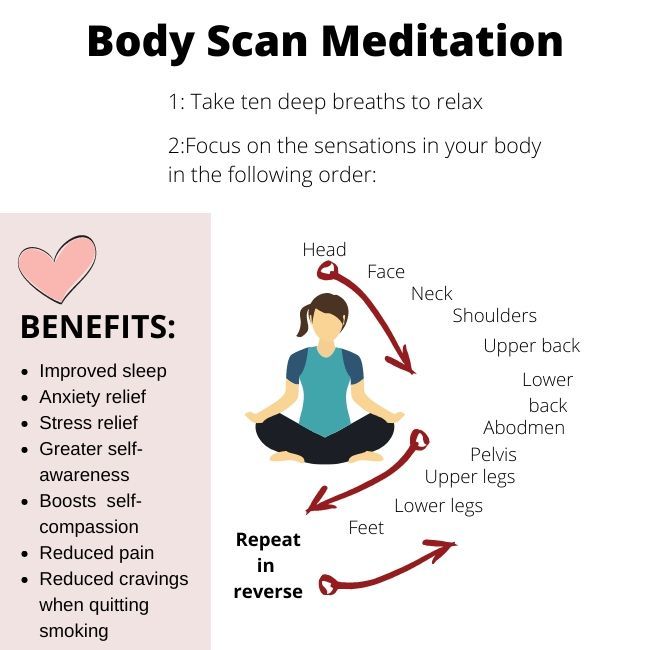
Stay in the present. Start thinking about the potential that already exists in the quantum field, the one you initially chose to tune in to. Think about the first letter of your word. Feel the energy from this word, both in the space around and within yourself.
In this way you begin to move yourself to a new energy wave. This can happen in a day, a week or a year. Keep practicing until this happens. Imagine your new future, imagine yourself in it, feel all the emotions that are inherent in that state.
If you don't know what emotions you can feel in that state, just feel gratitude. The energy of gratitude is one of the strongest energies in the world. And we manifest it after getting what we want, so set yourself up now to the maximum state of achieving a dream, show your body how it is, take it to a new side.
Then slowly return your consciousness to your room and slowly open your eyes. Come out of meditation as if you are already in the new future you have chosen.
Russian top managers got carried away with meditation - Vedomosti
Vedomosti
Scientific studies have shown that meditation, namely the practice of mindfulness, affects not only the quality of life, but also the quality of business. Russian top managers have adopted Western experience and are learning to live here and now.
Ten people sit in the meeting room of Odgers Berndtson and watch their breath. For how, on exhalation, slightly warmer air exits through the nostrils, and on inhalation, cooler air touches the tip of the nose. The instruction is simple: if you notice that your attention is distracted by a sensation in your body, an emotion, or a thought, you gently bring your attention back to your breath, using it as a focus.
After 15 minutes, everyone opens their eyes. “It's amazing,” says one participant, “I showed this practice to my family yesterday. We breathed for only three minutes, but the conversation at dinner became completely different: deeper, more calm and at the same time meaningful.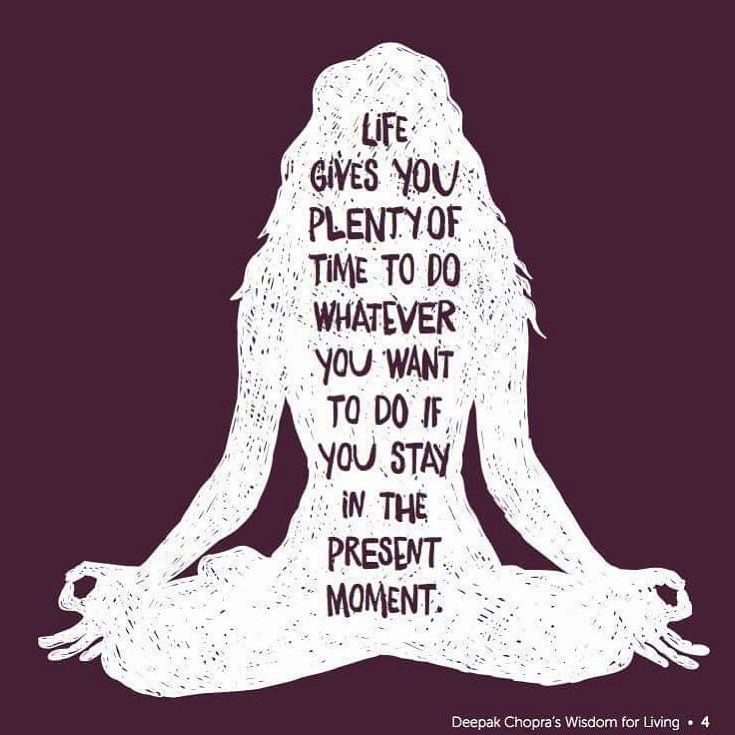 Maybe we should make it part of the corporate culture and meditate before meetings?”
Maybe we should make it part of the corporate culture and meditate before meetings?”
A good half of large American companies have already begun to meditate before meetings. But in Russia it is still a novelty. And the word “meditation” of many domestic employers and employees is more likely to scare than attract. Although in Asia, where meditation techniques originated many centuries ago, this term did not imply anything frightening. Literally translated from Sanskrit or Tibetan, "meditation" simply means "acquaintance" - acquaintance with our own mind and how we can control it.
And everyone wants to control their mind in the modern world - it is no coincidence that the circulation of popular science books about how by changing your brain you will change your life is growing rapidly. For a modern person, the brain and its resources, in particular attention, have become one of the main assets. Daniel Goleman even wrote a book on the subject, Focus: The Hidden Mechanism of Excellence, which has not yet been translated into Russian.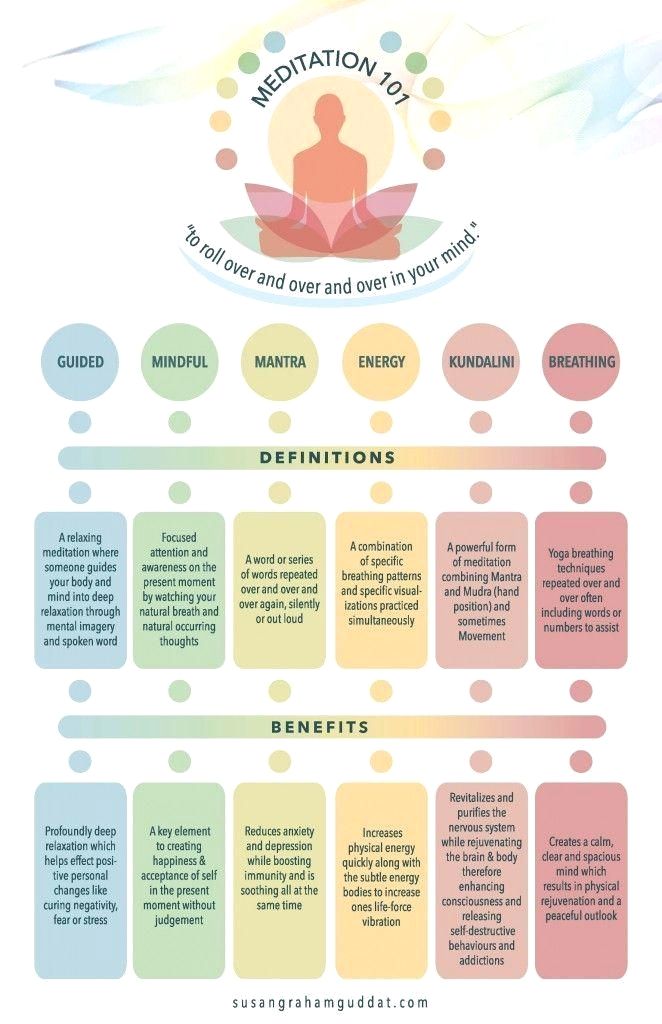 In this book, Goleman writes that from a neurobiological point of view, attention is the basic mechanism of our psyche. It is how attentive we are that determines our ability to understand other people, learn, remember, be aware of ourselves and the consequences of our actions, experience empathy and easily interact with others.
In this book, Goleman writes that from a neurobiological point of view, attention is the basic mechanism of our psyche. It is how attentive we are that determines our ability to understand other people, learn, remember, be aware of ourselves and the consequences of our actions, experience empathy and easily interact with others.
“Attention is a muscle. If you don't train him, he becomes flabby. If you train, it gets stronger, says Goleman. “And how trained you are determines the quality of your entire life, from health to general well-being.”
As a result of 20 years of neuroscience research, it turned out that meditation, namely the practice of mindfulness, is perhaps the most effective way to strengthen this muscle. The practice of mindfulness teaches us to bring our attention back to the present moment and be present in it in a relaxed and nonjudgmental way, but at the same time remaining extremely alert to the smallest aspects of this present moment. In fact, there are many different techniques behind this definition: focused observation of one’s breathing, observation of sensations in the body, as well as one’s own thoughts and emotions, open attention, when absolutely everything that happens around turns from distractions into an object of meditation.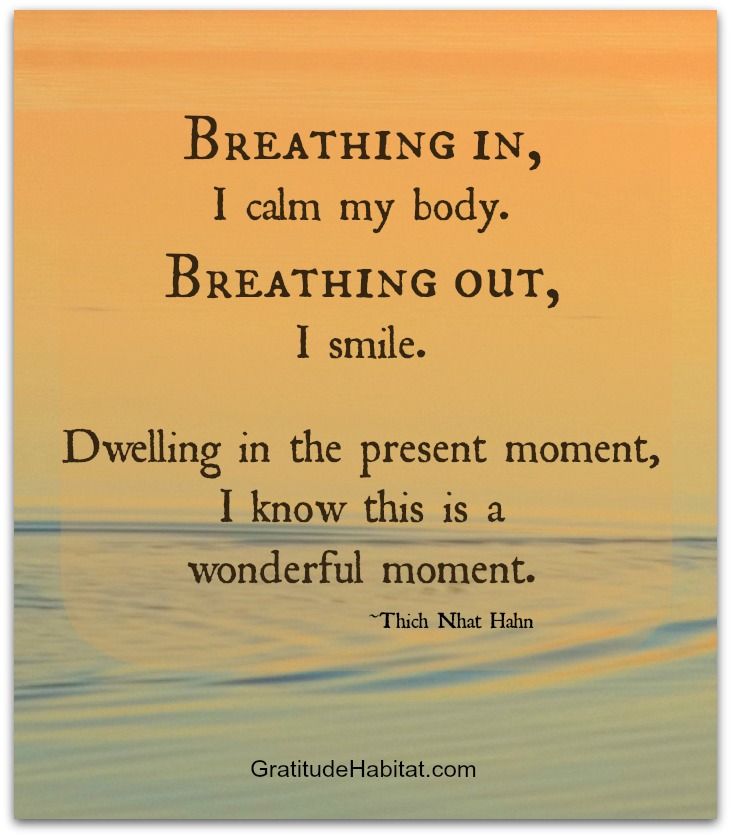
In February, the American magazine Time came out with a cover proclaiming that the Mindfulness Revolution was coming to the US. One and a half million Americans begin meditating every year, and many do it for the first time in the workplace. Google, Apple, Toyota, Deutsche Bank and hundreds of other major companies around the world are spending their budgets on meditation for employees for a reason. It turned out that the practice of mindfulness significantly reduces the level of stress and its consequences (high blood pressure, insomnia, overeating, anxiety, inability to focus on work tasks), improves immunity (and this reduces the number of days missed due to illness and insurance payments), promotes development more open and trusting relationships in the team.
In addition, it turned out that the level of stress is associated not only with the strength of external influence on a person, but also with how flexible his psyche is able to adapt to the external environment.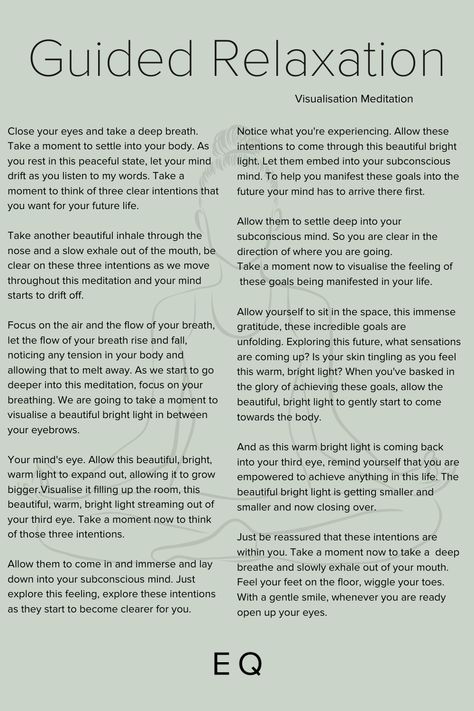 The practice of mindfulness teaches a person to observe himself and his own reactions in various work situations and to notice the moments when he acts impulsively or unconsciously. And having noticed this, a person can change his habitual scenario of behavior, which often leads him to stress.
The practice of mindfulness teaches a person to observe himself and his own reactions in various work situations and to notice the moments when he acts impulsively or unconsciously. And having noticed this, a person can change his habitual scenario of behavior, which often leads him to stress.
At the same time, the French business school INSEAD announced the results of an interesting study that its professors conducted together with colleagues from the Wharton School, Pennsylvania (USA). It turned out that a 15-minute meditation of observing one's own breathing significantly affects the ability of leaders to make more informed and intelligent decisions. One of the researchers, Andrew Hefenbrack, explains this fact by the fact that by returning attention to the present and ceasing to be under the control of emotional impulses, the leader is able to take a broader and more sober look at any situation.
In Russia, the company “Attentive Business” started offering corporate mindfulness programs a year ago.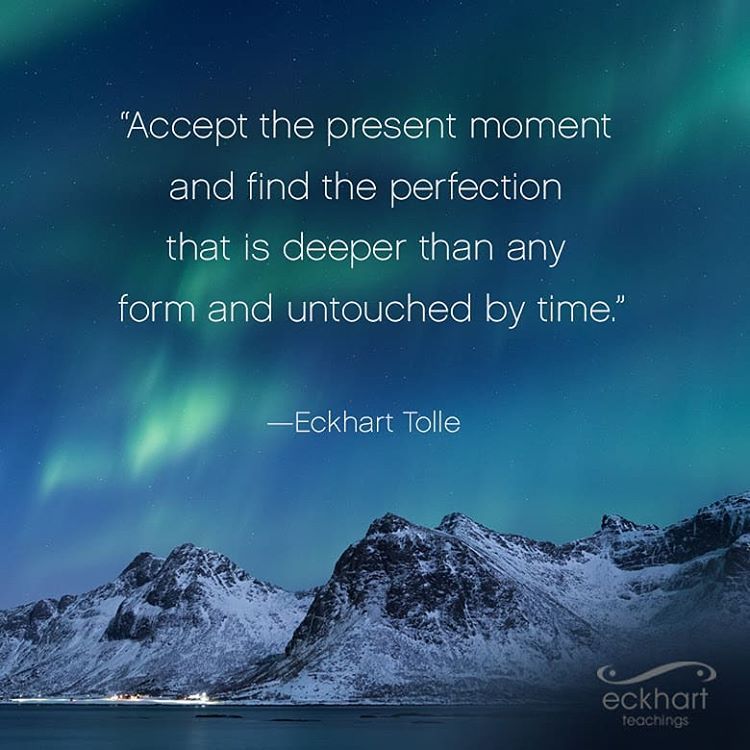 The Attentive Leader program is targeted at top managers and consists of a two-day seminar and four two-hour meetings during the month (once a week) to consolidate practice. The Attentive Employee program is a little shorter and can be adapted to specific needs: programmers, sales managers, journalists, accountants.
The Attentive Leader program is targeted at top managers and consists of a two-day seminar and four two-hour meetings during the month (once a week) to consolidate practice. The Attentive Employee program is a little shorter and can be adapted to specific needs: programmers, sales managers, journalists, accountants.
When the author of these lines just started developing the program two years ago, this idea seemed crazy to many. It was said that no one in Russia would ever agree to spend corporate budgets on meditation for top managers, and the leaders themselves would not take this idea seriously. However, everything turned out exactly the opposite.
Alexei Evgeniev, Managing Director of Alvarez & Marsal in Russia, was one of the first to take the risk of testing the effects of mindfulness on himself and his colleagues. “I am a cynical person and not inclined to spiritual search, but curiosity outweighed,” says Alexey. - I liked the fact that the program uses exclusively secular language, a lot of scientific data.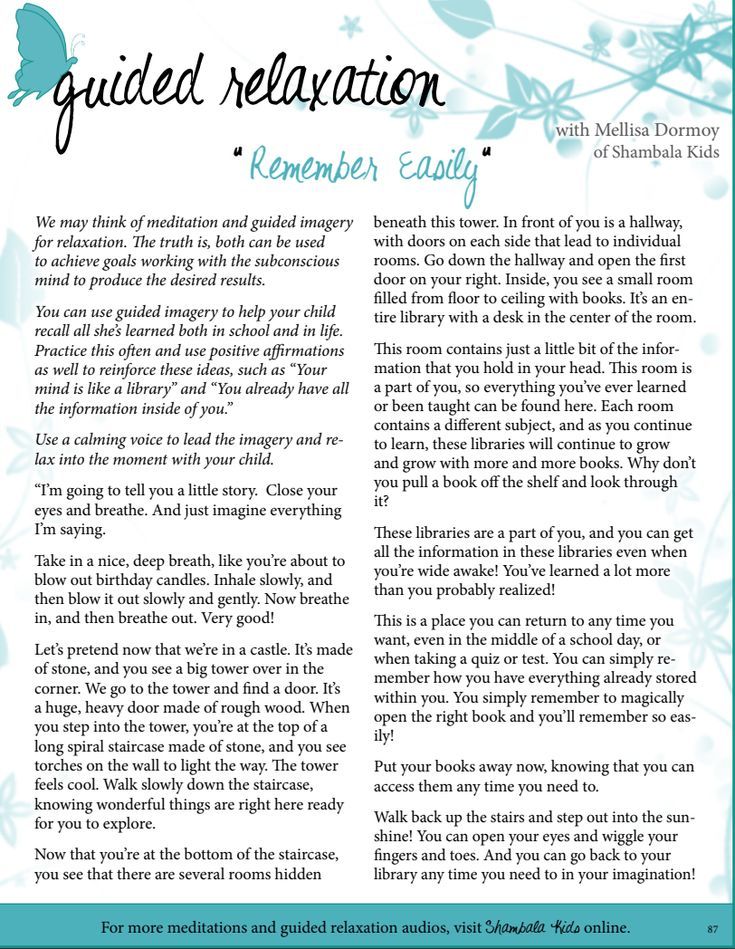 From useful - I began to wake up at half past five without an alarm clock, my head became noticeably calmer and clearer, I paid attention to how I build communication with colleagues, and changed something.
From useful - I began to wake up at half past five without an alarm clock, my head became noticeably calmer and clearer, I paid attention to how I build communication with colleagues, and changed something.
Alexey's colleagues, who followed him through the program, say that the practice of mindfulness increased the effectiveness of their negotiations with clients, improved relationships in the team and, not least, with family members. She helped them to become aware of their emotions and their impact on the work process, but most importantly, she taught them to change their own emotional background not through suppression, but through awareness and acceptance.
It also turned out that in almost every company where the Attentive Leader program was held, there are one or two people who have been meditating for a long time - Zen, Tibetan Buddhism, Vipassana. But they do it secretly, “so as not to look like a freak”, and are very glad that now “there is a way to combine meditation and work, not to divide life into parts, but to make it more whole”. And there are always people who admit that if someone explained to them earlier that meditation is not about mantras, trances and incense, but the ability to better know yourself and your mind, get rid of stress and find inner balance, get joy from life and work, they would have started practicing 10 to 20 years ago. “For me, it is primarily about mental hygiene,” says Andrey Chernyakov, partner at Odgers Berndtson. - For modern office workers, the mind is the main working tool. And it is logical to take care of its healthy and efficient functioning.”
And there are always people who admit that if someone explained to them earlier that meditation is not about mantras, trances and incense, but the ability to better know yourself and your mind, get rid of stress and find inner balance, get joy from life and work, they would have started practicing 10 to 20 years ago. “For me, it is primarily about mental hygiene,” says Andrey Chernyakov, partner at Odgers Berndtson. - For modern office workers, the mind is the main working tool. And it is logical to take care of its healthy and efficient functioning.”
Here lies one of the pitfalls of learning to meditate in a business context. The corporate world wants numbers and measurable results. And then there is a great temptation to turn mindfulness into another super-tool. But the paradox is that, according to all neuroscience research, the practice of mindfulness begins to change the structure of our brain and, as a result, our reactions and our worldview precisely when we do not expect anything from it.